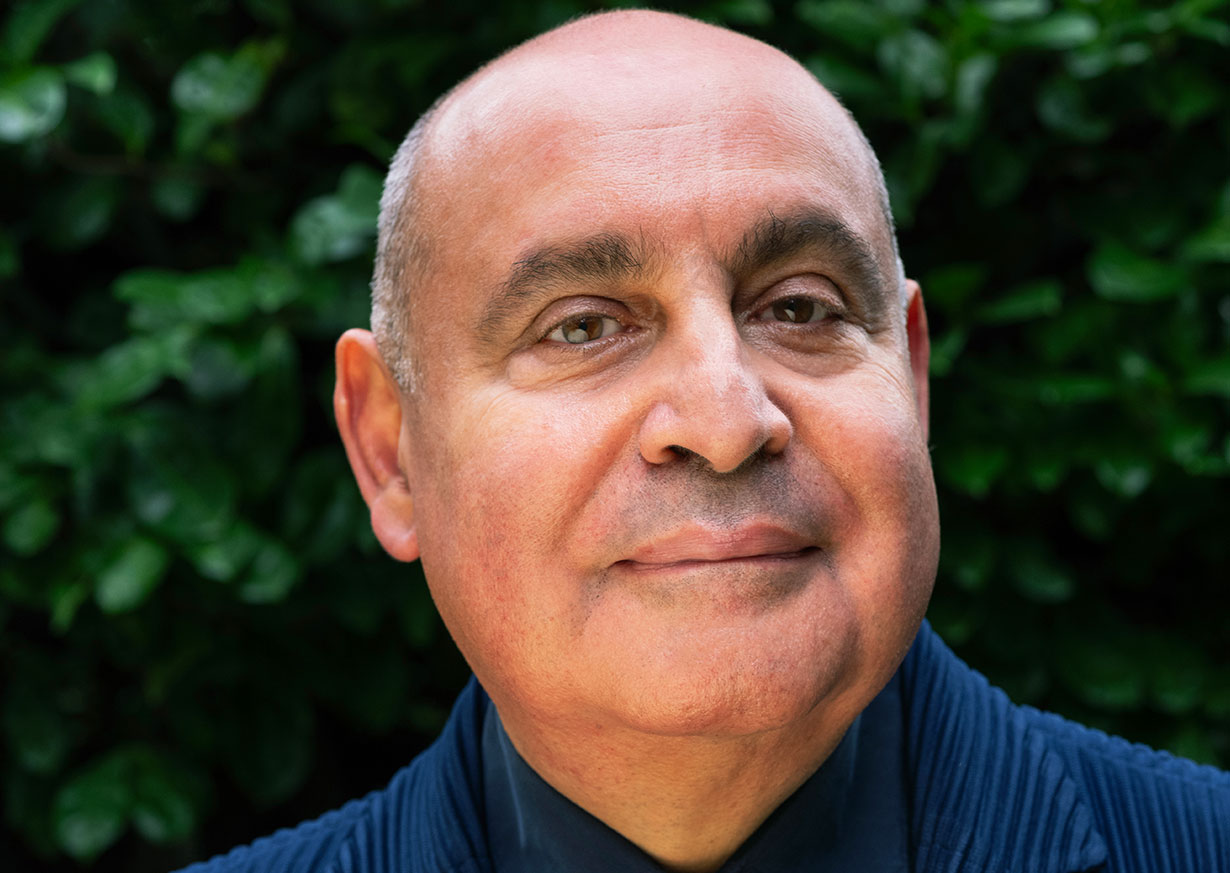
Stage director Pierre Audi and soprano Malin Byström on Tristan und Isolde
‘Liebestod’ as the key
Had they been asked years ago, both director Pierre Audi and soprano Malin Byström would have told you they would never dare take on Wagner’s Tristan und Isolde.
Pierre Audi saw his first performance of Tristan und Isolde at the age of eleven, and it made a deep impression on him. “Darkness. Green and blue. Overpowering music.” Audi remembers the second act in particular: “A duet that never ended. A surreal charge. Music that continued forever. We all know that children like to see action on the stage, but what remained in my mind was that — the static sense.”
Stylised direction
The opera about the overwhelming love between Tristan and Isolde concludes with the ‘Liebestod’, a finale in which the heroine sings herself into a kind of ecstasy next to the body of her dead lover. That sounds right up Pierre Audi’s street; over the years, he has proved himself to be a master in stylised and precisely choreographed productions that convey the spiritual aspects of human existence.
Tricky moments
And yet, Audi says he was apprehensive about taking on Tristan und Isolde: “In a panic even, especially about the finale. I thought: how do I resolve that difficult scene?” He was lucky in having previously directed Wagner’s Ring Cycle in Amsterdam, as well as Lohengrin and Parsifal, says Audi. “You need to set up your Wagner production based on the trickiest moments; that’s a lesson I have learned. And the ‘Liebestod’ is the hardest of all those moments. How do you stage Isolde dying an ecstatic death?”

Interplay between light and dark
Audi found the key to this through a collaboration with lighting designer Jean Kalman, in a sophisticated interplay between light and dark. By the end of the opera, nothing is left of Isolde except a black silhouette. Ultimately, she is no more than a voice. Audi: “Thus the ‘Liebestod’ becomes what it is: an epilogue to the opera, looking ahead to an unknown future.”
The Everest of the opera repertoire
The ‘Liebestod’ will be performed by soprano Malin Byström, who previously sang Salome and Tosca in the eponymous operas and Elsa in Wagner’s Lohengrin at Dutch National Opera. If Wagner’s works are the Himalayas of the opera repertoire – summits that are only within reach for singers with the experience, technique and stamina to conquer them – then Isolde is Mount Everest for sopranos.
Malin Byström
“The role of Isolde is a Mount Everest for sopranos”
Byström has dared to take this role on at Dutch National Opera: “For several years now, opera houses have been approaching me asking whether I would consider singing Isolde. My answer had always been ‘no.’ It had never been a role I would even have dreamed of performing; I thought I wouldn’t be capable vocally. But time moves on. I believe my voice and my technique have developed and become sufficiently stable. As an actress too, I feel drawn to this role. I always feel very comfortable at Dutch National Opera, with everyone squarely behind me, so when Sophie de Lint asked me to debut this role, I saw it as a sign: the moment has come!”
Specific perspective
How will Byström be climbing her Mount Everest? “Calmly, one step at a time. But I’ll mainly be staying true to myself and my own technique. In the end, the audience will be hearing Malin approaching Isolde from her specific perspective, with her specific voice.”
Text: Laura Roling
Tristan und Isolde will be performed from 8 to 23 February 2026 at Dutch National Opera & Ballet
Pierre Audi (67) has passed away
Saturday 3 May we received the sad news of the sudden death of Pierre Audi. With the passing of Audi, the opera world has lost an absolute icon, who has worked tirelessly and with great dedication for the art form. He was an enormous force in the arts, as artistic director, curator and, of course, as a stage director. He leaves a lasting mark on the Dutch opera, music and theatre world.



